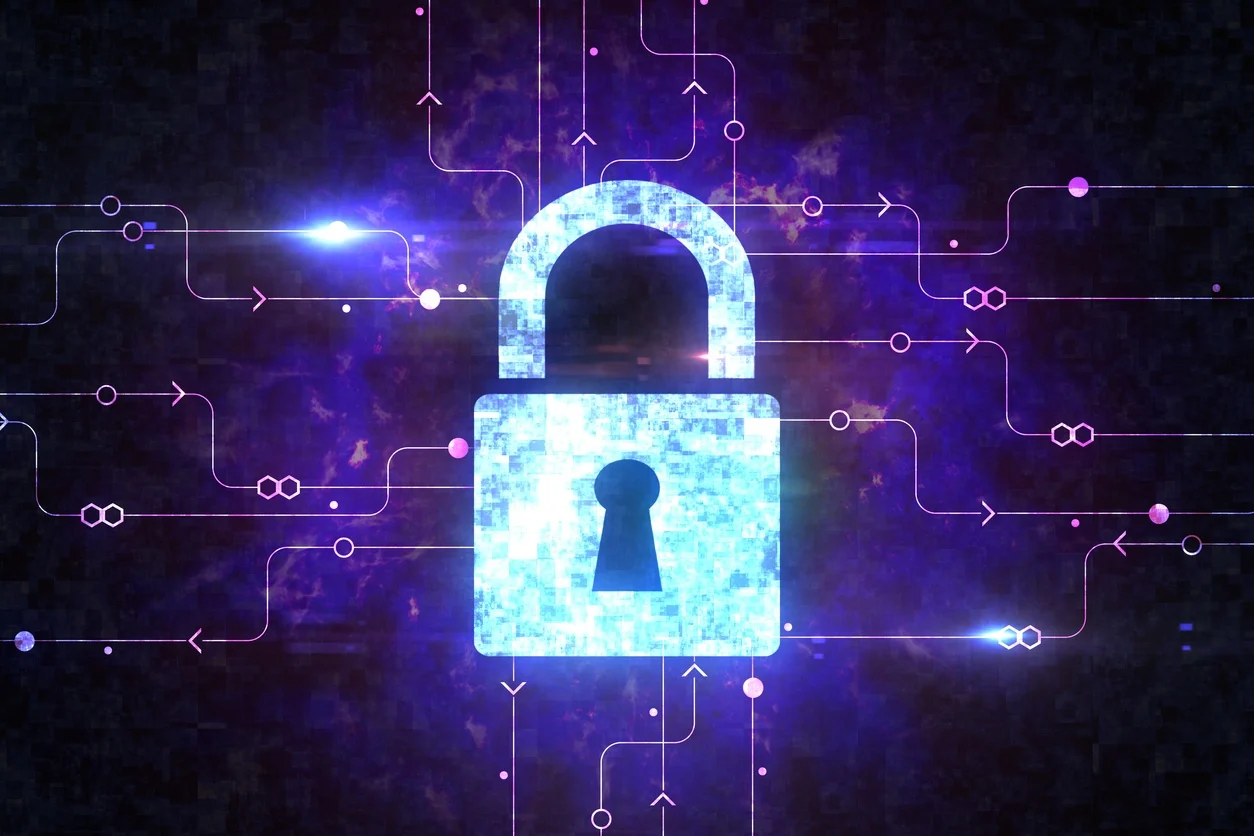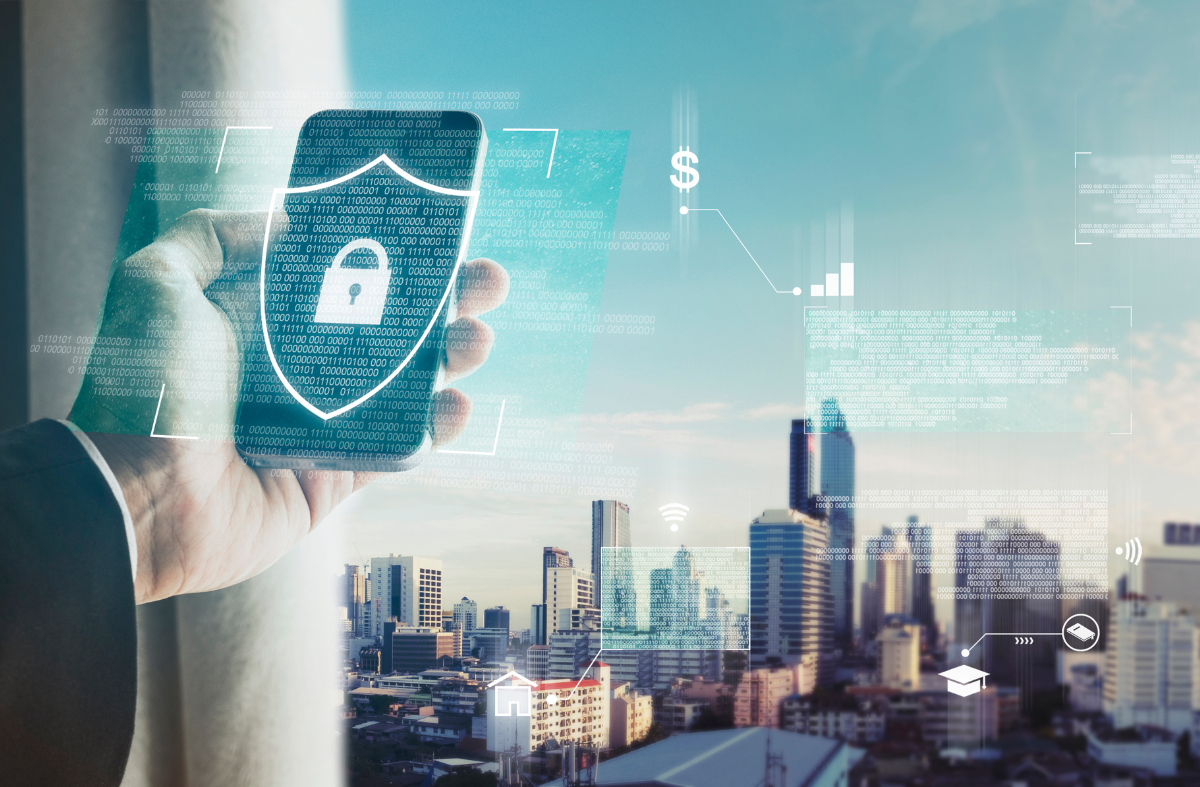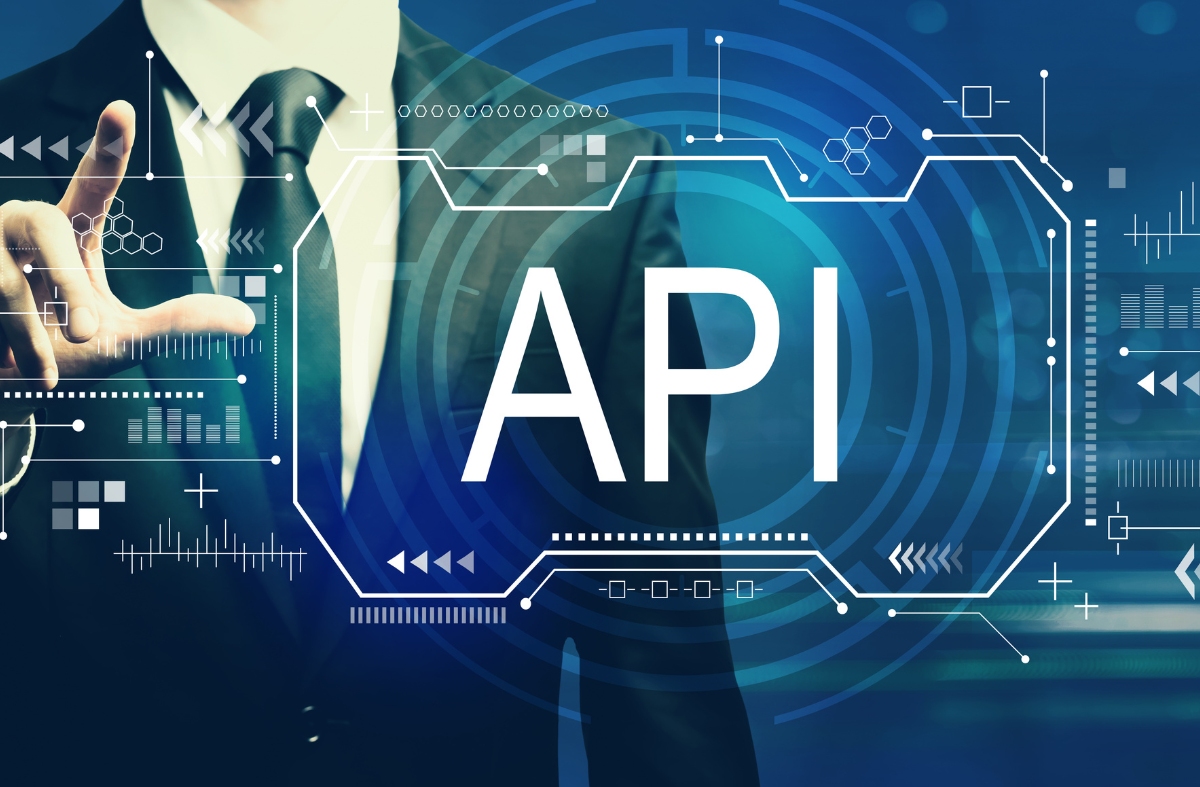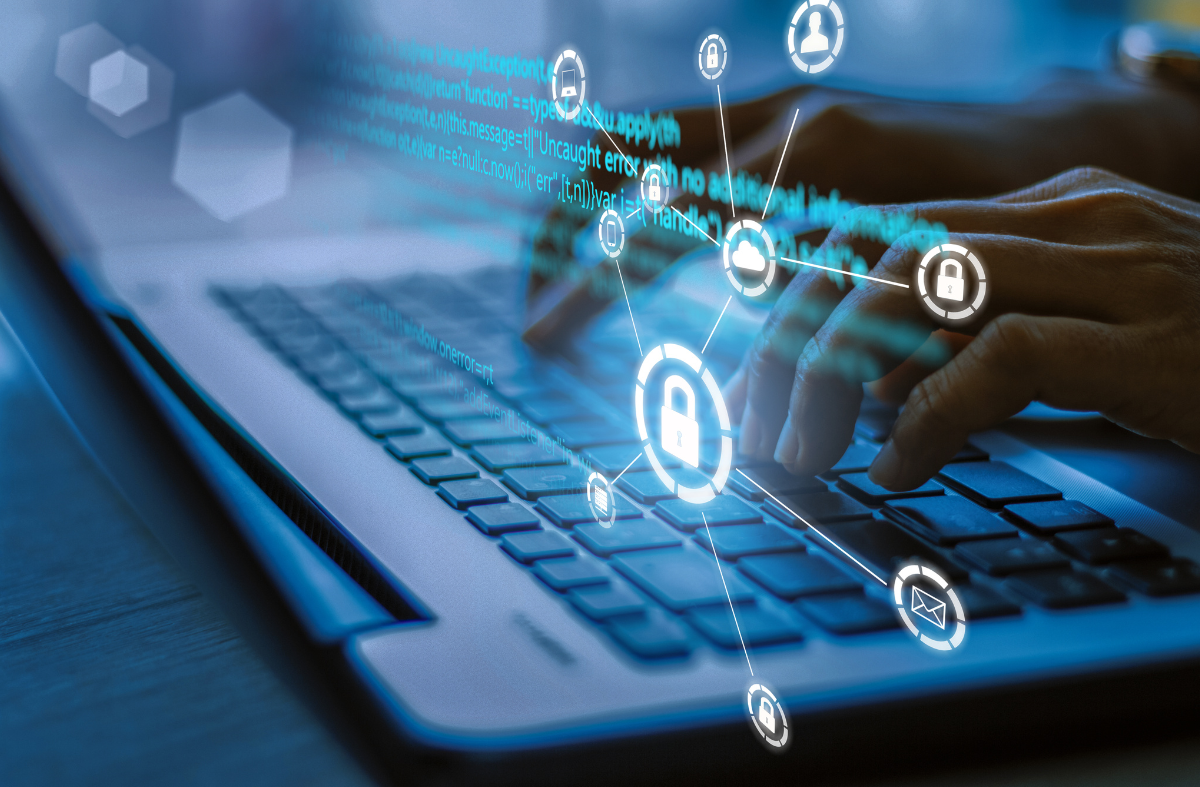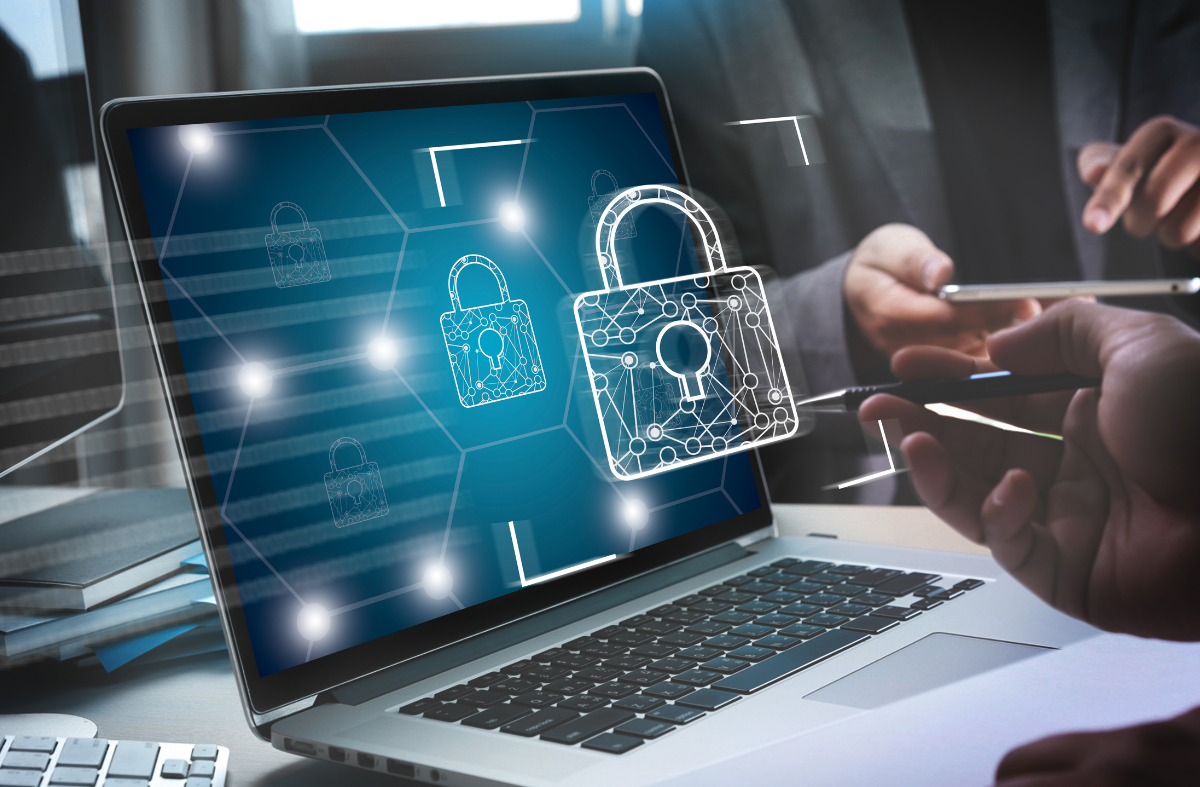ASM
“Attack surface monitoring” is the practice of monitoring corporate systems for weaknesses and entry points that an attacker might exploit to access sensitive data. This involves identifying high-risk data flows and network communications that might expose an IT environment to threats.
Why Is Attack Surface Monitoring Important?
Imagine your house is your computer network. You want to keep it safe from burglars (hackers). But how can you protect what you can’t see?
Attack surface monitoring is like having a complete inventory of everything that is accessible in and around the house, that can be used to breach into your house. It also involves checking every window and door to see if they’re locked properly (looking for security weaknesses).
This way, you know exactly what you need to protect and where the weak spots are. You can then prioritize securing the most valuable things (important data) and fix any broken locks (patch vulnerabilities).
Attack surface monitoring is like having a security guard who patrols your house all the time (continuous monitoring). They can spot any suspicious activity (new threats) and let you know right away. This is much better than waiting for a yearly inspection (annual security assessment) to find out if something’s been broken into.
Plus, with attack surface monitoring, it’s like having a security guard who thinks like a burglar (simulates a hacker’s view). They can tell you exactly how a burglar might try to break in (exploit vulnerabilities) so you can take steps to stop them (implement security measures).
This proactive approach (constantly checking your defenses) helps you avoid the hassle of dealing with a break-in (security breach) after it’s happened. It’s much easier to prevent a crime than to clean up the mess afterwards !

5 Main Benefits Of Attack Surface Monitoring :
- Real-time visibility of your digital footprint :
Attack surface monitoring provides real-time visibility into all digital assets and the changes they go through. It is crucial to fully understand and know your entire IT infrastructure. Understanding your digital footprint and the dangers that could result in a cyber-attack depends on having this continuous visibility. - Continuous assessment of your security posture :
Your digital assets’ condition, location, and level of vulnerability will influence how resilient you are to cyberattacks. You can always be aware of your security posture thanks to attacking surface monitoring. This will then help determine where your attention should be directed and how to implement a more robust security program. - Manage security risk decisions :
As potentially dangerous changes take place, attack surface monitoring will enable you to secure your environments. Being proactive involves being able to stop attacks rather than merely responding to them. Once you know and understand the risks of your digital assets, you’ll be able to make better decisions for managing cybersecurity risks. - Speed up remediation :
You can start working on prioritizing remediation efforts for each risk and vulnerability in your attack surface and digital assets now that you are aware of them all. You are aware of the risk as soon as it manifests in your infrastructure thanks to the “continuous” aspect of attack surface monitoring, giving you the opportunity to address impending problems and enhance your cybersecurity defense. - Ensure compliance :
Data loss prevention trends are expanding, including organizational security guidelines for handling sensitive data as well as legally binding government regulations like GDPR, HIPAA, and PCI DSS. These compliance guidelines protect personally identifiable information and other sensitive data, and organizations that violate them risk paying expensive fines as well as potential reputational harm. An organization can effectively prevent any consequences they might cause by discovering any failure to follow rules and organizational security policies through attack surface monitoring.
QUERY
frequently asked questions
- Attack surface monitoring is the process of continuously observing business systems with the goal of locating holes and other possible points of entry that an attacker might use.
- enables prompt detection of new vulnerabilities, weaknesses, and misconfigurations. By facilitating swift response, it significantly contributes to mitigating potential security threats.
- Organizations, and specifically CISOs, should utilize internal and external attack surface management solutions to mitigate risks. This includes taking steps to: Reduce the number of entry points into their systems and networks. Identify and patch vulnerabilities in their systems and applications.
- Once you have a map of the Attack Surface, identify the high risk areas. Focus on remote entry points – interfaces with outside systems and to the Internet – and especially where the system allows anonymous, public access. These are often where you are most exposed to attack.
- Attack surface monitoring entails continuous surveillance of corporate systems to detect vulnerabilities and potential access points that could be exploited by attackers. Effective Attack Surface Monitoring starts with asset discovery, identifying and prioritizing security risks by severity.
- ASM consists of four core processes: Asset discovery, classification and prioritization, remediation and monitoring. Again, because the size and shape of the digital attack surface changes constantly, the processes are carried out continuously, and ASM solutions automate these processes whenever possible.




